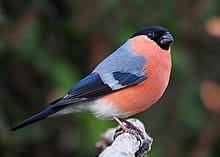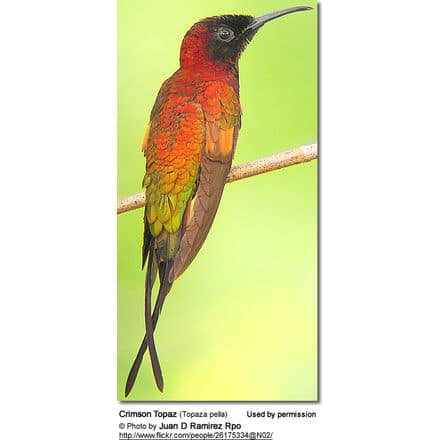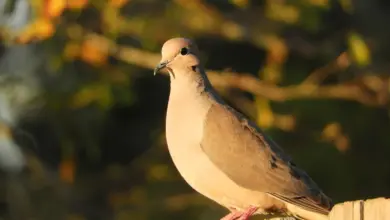Breeding Finches as Pets
Breeding Finches as Pets
Just like canaries, breeding finches are great for people who enjoy watching birds rather than having a demanding pet that requires a lot of personal attention.
Housing and Breeding Finches:I hate to see them in small cages. Since these are birds that will ALWAYS be in a cage in most households, I would hope that people give them a roomy flight cage, preferably with some plants in it for the finches to enjoy.
They should be able to fly. Make it a “project” to prepare an attractive flight cage for them, with lots of toys and natural branches, maybe some plants.I would always at least get two finches — there is nothing sorrier than one lone finch or canary in a cage.
They are social beings — and you will enjoy watching them interact.If you haven’t owned any finches yet, I would recommend starting with the Zebra Finch or Society Finches. They also get along fine in an aviary setting.
They are truly easy to take care of, hardy and charming. They are also VERY inexpensive. I remember I bought several mutations for less than $10 each from local breeders for a zebra finch. Societies were a little more expensive. You might pay more in pet shops. But they are still very affordable.
Some of those finches (depending on the species) do make a lot of babies … and babies … and babies. I remember that within a year I had a hundred of them! … This is why their price is so low for the more prolific finch species.
Breeders are always overstocked with them and they may be difficult to sell.
If you don’t want that many babies, I would recommend the following:

During the laying period (before incubation started – eggs should still be cool, not warm!), the eggs are still dormant and should be vigorously shaken to cause the internal structure to change (comparable to scrambling the egg inside the shell).
Each shaken egg should be dated with a crayon the day it is shaken and returned to the nest.
Don’t remove eggs the eggs permanently — or else, the hen will continue laying eggs — which will lead to mineral / calcium deficiency, egg-binding, soft-shelled eggs — all of which can lead to death.
Please note: NEVER shake an egg after it has been incubated, or else malformed chicks may hatch. When in doubt, replace the eggs with dummy eggs of the same shape and size.
Far more expensive are the Gouldian Finches and Parrot Finches. They are less prolific than say society or zebra finches, and are more suited for those who have gained some experience in finch keeping.
- My own experience with Gouldian Finches was that it was really hard to get healthy birds. They are not very hardy. If I were to get one again in the future, I would most certainly do my homework first. I would most certainly have every one of them vet-checked and make sure that they have the best set-up possible to ensure their continued good health. They require specialized care.
- Parrot Finches are also more pricey as they are more difficult to find (I paid about a hundred dollar for one — that was several years ago). But compared to the Gouldian Finches, I found them easy to care for. They were lovely aviary inhabitants. If I am going to get an aviary get in the future (which I very much would like to) — they will be on top of my list.
Diet / Feeding
Finches easily accept new foods — very unlike parrots, who tend to approach new food items “very cautiously.” Not so finches and canaries. They are curious, delightful little beings who love trying new food items. They DO enjoy fresh fruits / veggies a lot, and parsley — and Dandelions are VERY good for them. You can get a lot of free “green stuff” (safe plants please!) from your own garden to feed to them — and your canaries will REALLY enjoy them! I know, many people might not want to bother with that — but I hope that you do care for the happiness and well-being of these little creatures.
Finches: Breeding or as Pets Index of Finch Species … Photos of the Different Finch Species for Identification … Common Health Problems of Finches … Finch / Canary Diet / Nutrition … Finch Data: Range, Length, Clutch-size and Incubation Periods for each Finch Species



